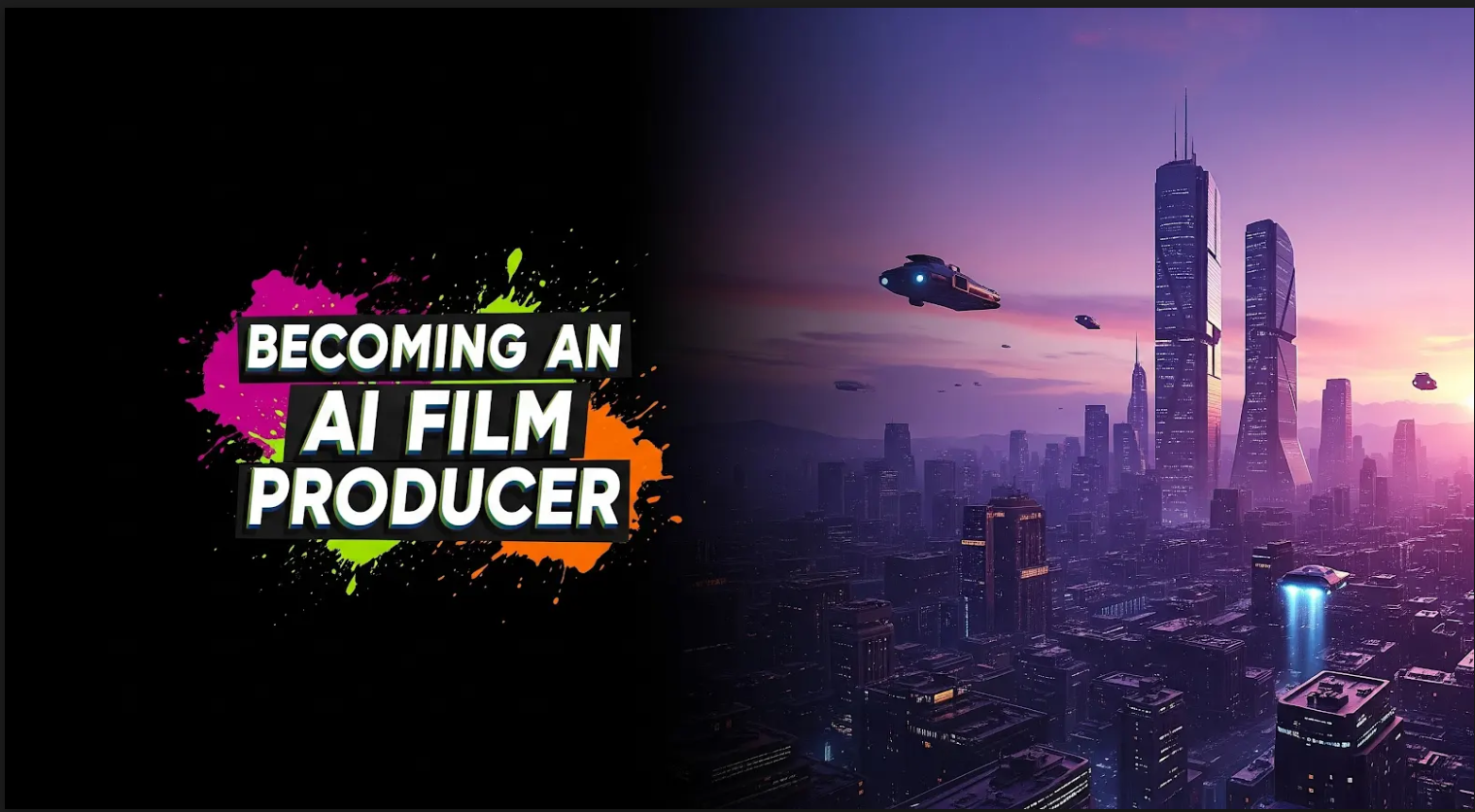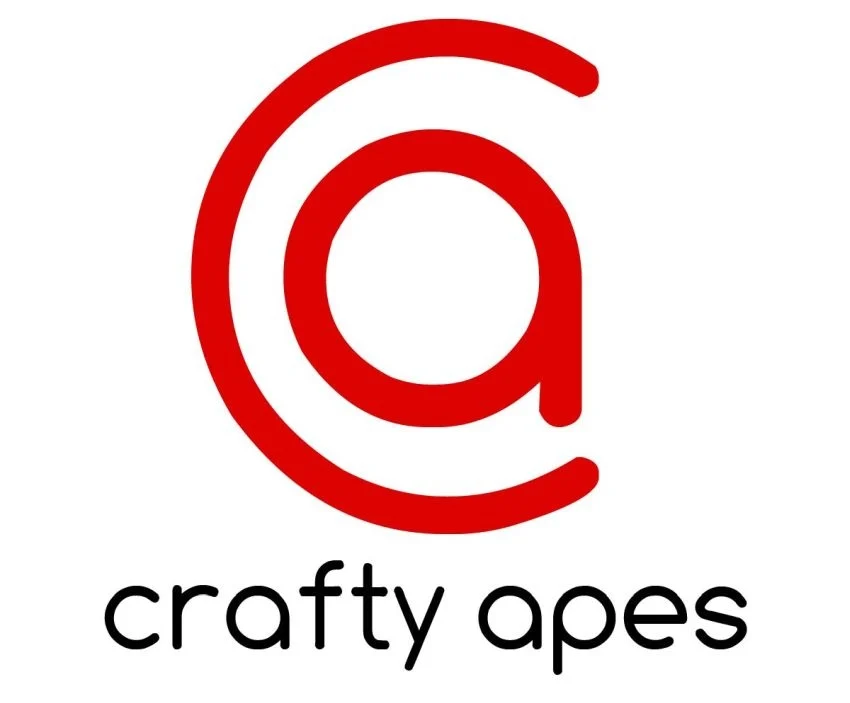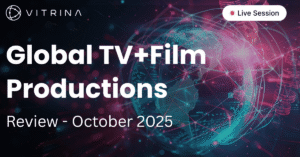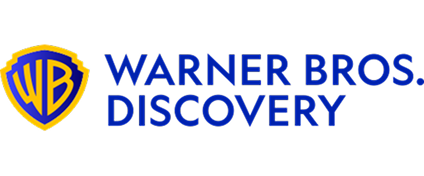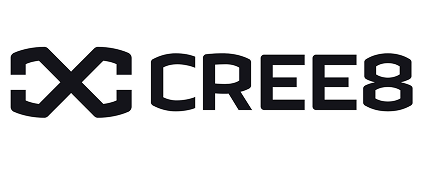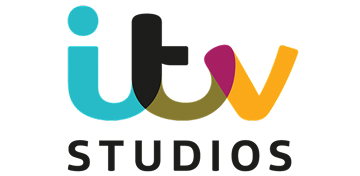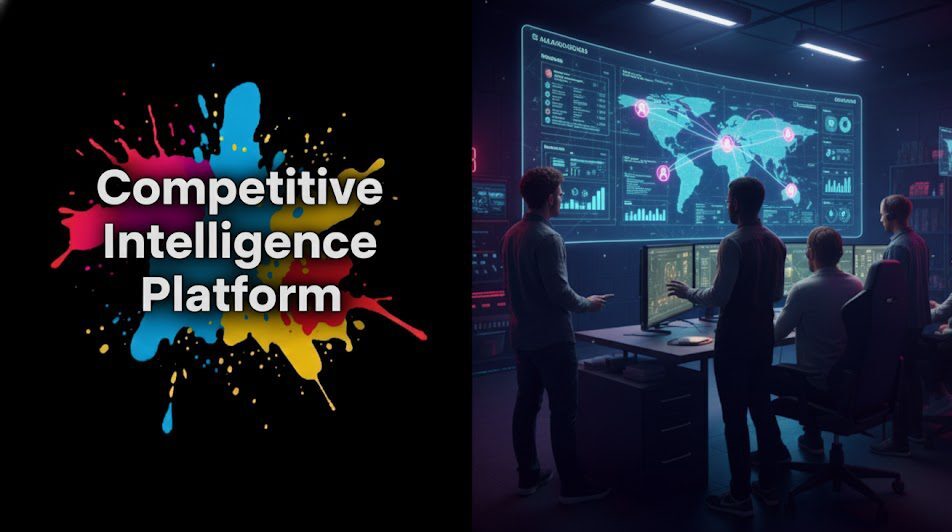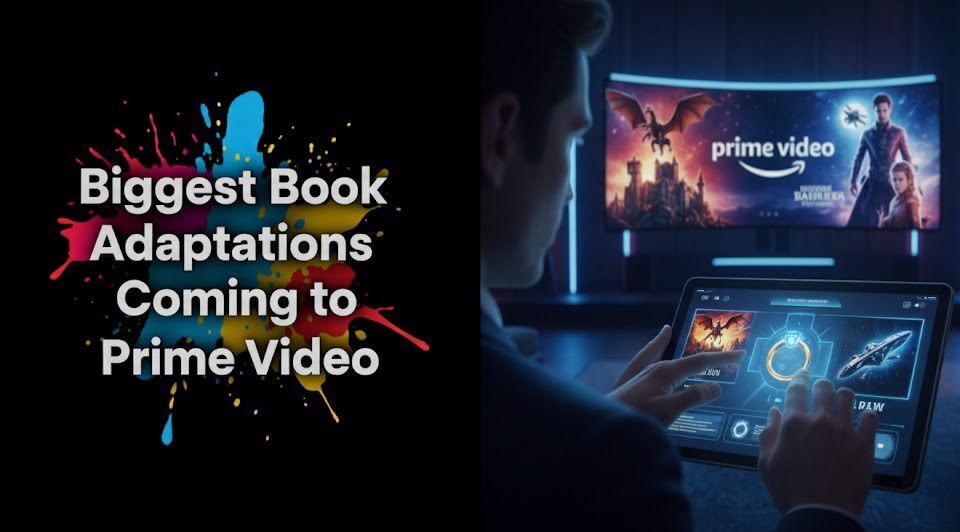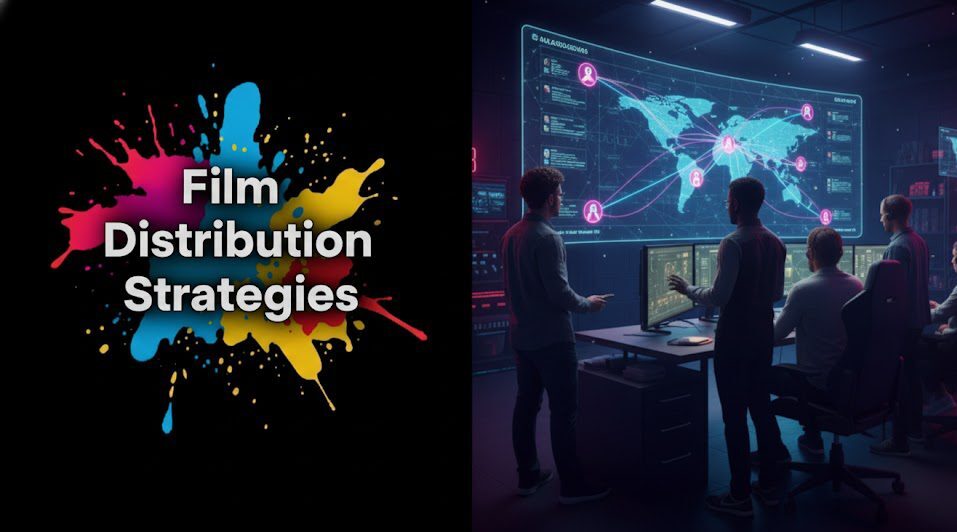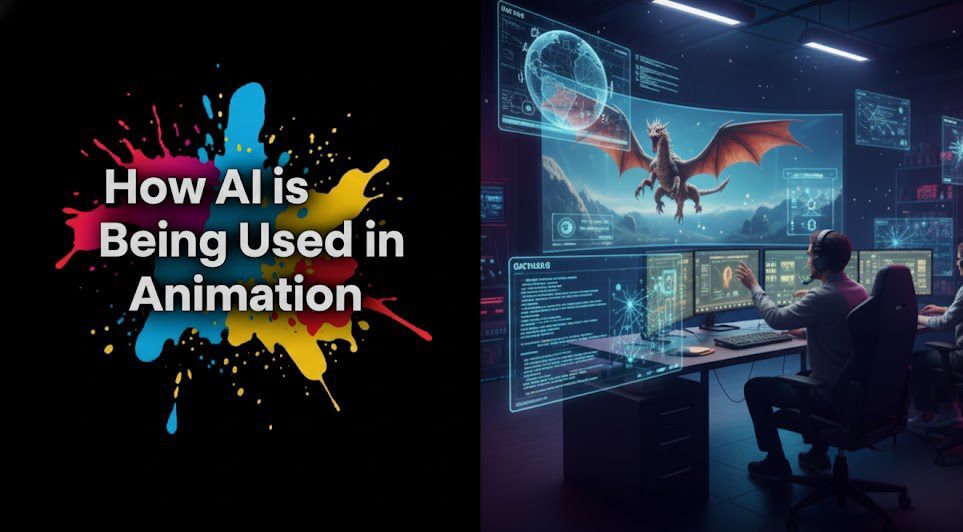Introduction
The media and entertainment industry is on the cusp of a technological revolution, with artificial intelligence (AI) emerging as a transformative force in film production.
AI isn’t just a futuristic concept; it’s a practical toolkit that is reshaping every stage of the filmmaking process, from the initial script to the final screen. For producers, understanding and leveraging AI is no longer optional—it’s a necessity for staying competitive and innovative.
This guide explores how to produce a film with AI, detailing the workflows and tools that are defining the future of filmmaking.
The AI-Powered Script and Pre-Production
The journey of any film begins with a script, and AI is already a powerful co-pilot in this phase. AI-powered tools can analyze vast databases of successful screenplays to help writers with story ideas, plot points, and character development.
These platforms can identify potential plot holes and inconsistencies, ensuring a more cohesive narrative from the outset. For producers, this means a more robust and polished script before a single dollar is spent on production.
Beyond the script, AI streamlines the often-laborious pre-production process. AI-driven software can perform automated script breakdowns, identifying every character, prop, location, and costume needed for a scene.
This saves countless hours of manual work and ensures that no critical element is overlooked. Furthermore, AI can assist in location scouting by analyzing location descriptions from the script and suggesting real-world locations from a vast database, complete with details on lighting, logistics, and costs.
This predictive analysis allows for more efficient scheduling and budgeting, reducing the risk of unexpected delays and expenses.
Production and On-Set Efficiency
On set, AI’s role shifts to enhancing efficiency and creative control. AI-powered cameras and drones can autonomously track subjects, stabilize shaky footage, and adjust camera settings in real time, ensuring high-quality shots without constant manual intervention.
This not only speeds up the shooting process but also allows for more complex and dynamic camera movements that might be otherwise unachievable.
AI is also changing the way we handle performances. Tools can analyze an actor’s performance and suggest the best takes, while AI-driven motion capture technology is becoming more accessible and realistic, enabling filmmakers to create lifelike CGI characters with greater ease. For producers, these tools translate to a more efficient shoot schedule, fewer reshoots, and a higher quality of raw footage.
The Post-Production Powerhouse
Post-production is arguably where AI’s impact is most pronounced. AI-assisted video editing tools can create rough cuts by automatically identifying key scenes and emotional beats, significantly reducing the time spent on initial assembly.
AI is also revolutionizing visual effects (VFX), automating complex tasks like rotoscoping, object removal, and creating realistic CGI environments. This democratizes VFX, making high-end visual effects accessible to a wider range of productions and budgets.
AI also offers a major advantage in sound and music. AI can automatically remove background noise and create high-quality, professional-grade soundscapes. For music, AI music generators can compose original scores tailored to the film’s genre and mood, offering a cost-effective alternative to traditional scoring.
Even localization and accessibility are enhanced, as AI can generate accurate subtitles and even perform lip-sync dubbing for international audiences, breaking down language barriers with unprecedented speed.
The Producer of Tomorrow
The AI film producer of tomorrow is not a technician but a visionary who understands how to harness these tools to amplify their creative vision.
AI is not here to replace human creativity but to augment it, handling the repetitive and labor-intensive tasks so producers can focus on storytelling, collaboration, and the overall creative direction.
By embracing AI from script to screen, producers can not only reduce costs and timelines but also unlock new creative possibilities, pushing the boundaries of what is possible in the world of media and entertainment.


